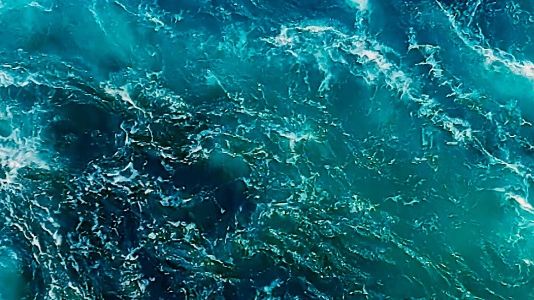1 July 2023 news
Identification of broodstock performance indicators and markers to boost the aquaculture of emerging fish species (BESTBROOD)
This film explains the BESTBROOD project. Appropriate fish broodstock management is essential in aquaculture. A reliable and consistent production of gametes and high-quality eggs is critical to create a profitable aquaculture industry. In all species commercialized to date, this has been the first significant challenge to overcome, and it is still so for many emerging species. The BESTBROOD project aims to develop biotechnologies that significantly improve broodstock management and enhance the reproductive performance of selected emerging species. By implementing innovative biotechnological tools and techniques, we can reduce the dependency on wild origin broodstock and create opportunities to bring emerging species to the market in commercial quantities.
The emerging species selected for this project are in an early commercial stage, but all have shown suitability for farming, with a high economic value within European markets and beyond, and with expectations to enter new niche markets.
The Senegalese sole is the most important flatfish cultivated in Southern Europe. Currently, more than 1 600 tonnes are produced in Europe and although important advances have been obtained in the last years, this species faces specific challenges and bottlenecks related to lack of reproduction success for males cultured in captivity.
The greater amberjack is one of the most promising species worldwide, due to its cosmopolitan distribution, rapid growth, and high market acceptability, but reproduction control has been one of the main bottlenecks for the commercialization of the species.
The spotted wolffish has been considered a potential species for cold-water marine aquaculture since the late 90s, but only recently re-emerged as a relevant investment opportunity for commercial production of this high-priced niche species.
Lumpfish is Norway’s 3rd most valuable farmed species. It is produced solely for the purpose of eating lice of salmon in sea cages and has little value otherwise as it is not a common species in any market.
In order to overcome the main reproductive bottlenecks affecting the project’s focus species, the BESTBROOD project brings together a multi-disciplinary consortium consisting of 7 organizations from Norway, Spain, Greece, and Italy. These are all selected for their established expertise in fish breeding and reproductive biology to develop, validate and up-scale new tools and technologies and ensure that research efforts are transferable to the aquaculture industry.
